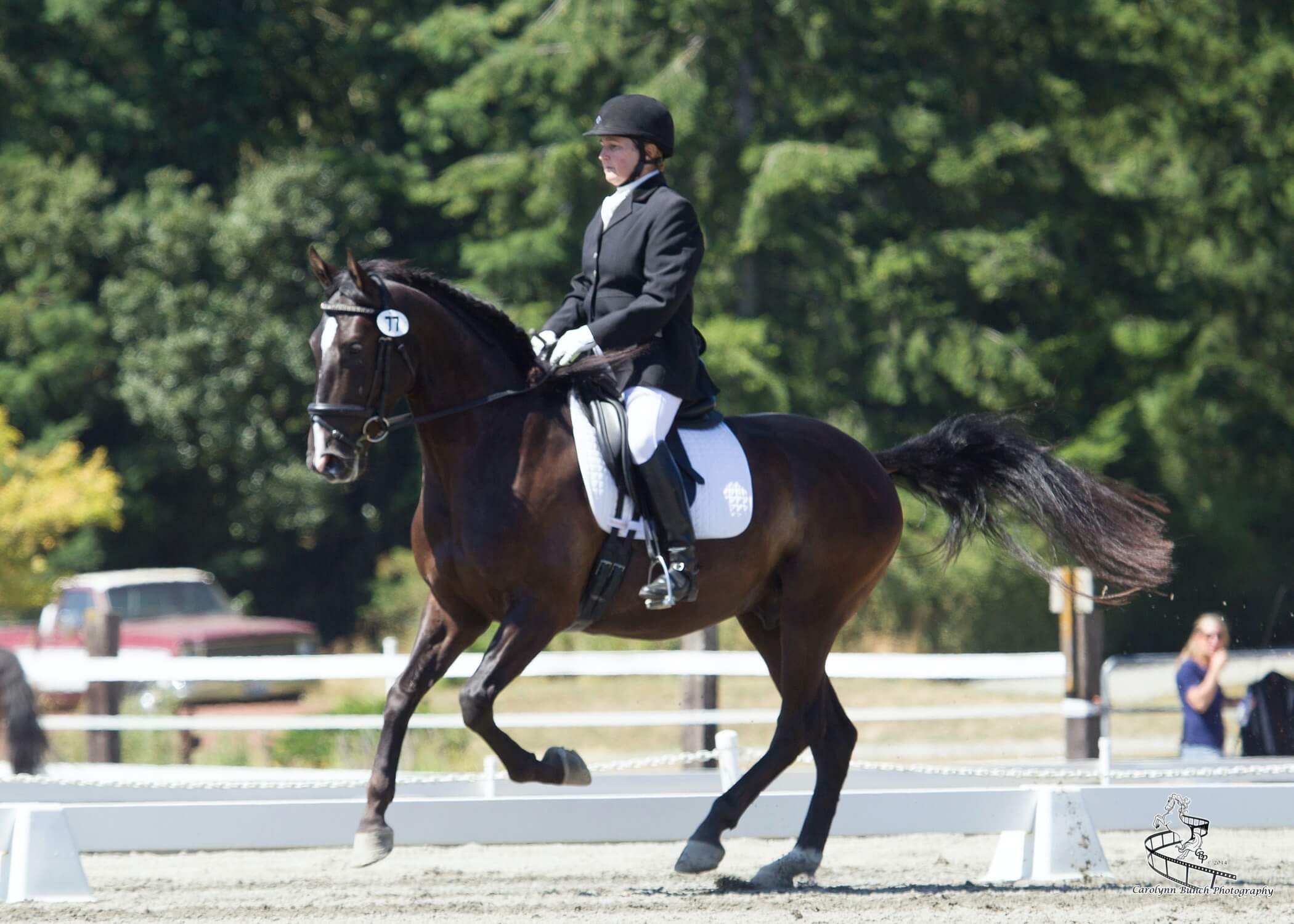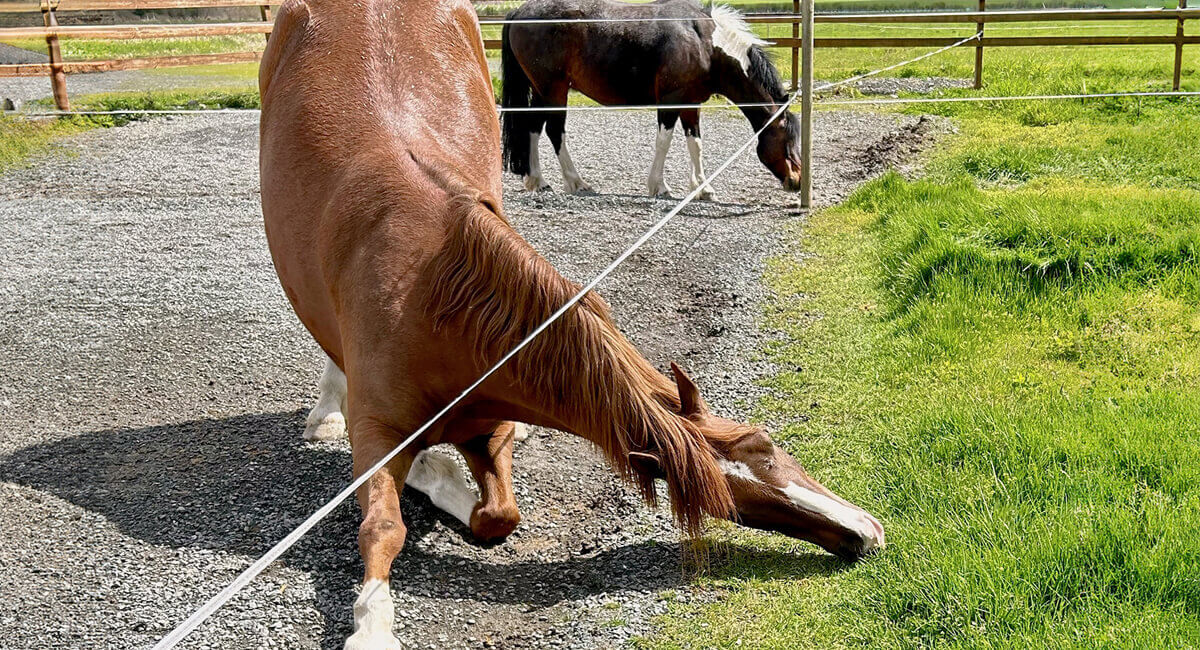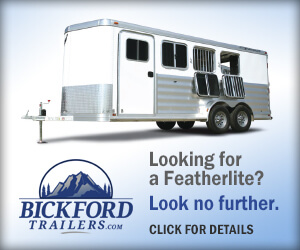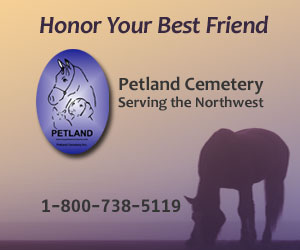Managing Plump, Bored Horses Means Rethinking Equine Husbandry
With nearly 40 acres of pastures, fields, and woods, my place, Blue Gate Farm, sits on fertile soil and has plenty of water. Even in the hottest, driest summers the grass stays green without irrigation. I’ve spent thousands of dollars and many hours work building safe fences to contain my horses in large pastures where they can exercise, graze, and also have access to shelter and shade whenever they wish. I follow the recommended and environmentally sound practice of preserving my fields by locking my horses in sacrifice paddocks and off pastures in the wet season, keeping the grass healthy and the water clean.
Here’s my problem: my horses are too fat. I have chunky, solid breeds like Welsh Cobs, Connemaras, Quarter horses, and warmbloods—easy keepers, all. They evolved to survive on rougher forage than what grows here in my lush valley, and I fear founder and other health risks caused by overly rotund ponies. I try to do all the right things: turn out in early morning, restrict hay, not overgraze, not graze after a frost, not graze in early spring when the grass is growing fast or in fall after the rains set off a new flush of grass growth.
My pastures are healthy, but my horses are paying the price. They get limited pasture time, and most of them must wear grazing muzzles when they’re out which limits their ability to groom each other, something that is essential for their mental health.
It’s time to rethink how I manage my horses. They drive me crazy with their hunger and boredom when they’re locked in, and it makes me sad that they can’t be out in their fields more. Horses need to move, and they need to graze (or eat hay) continuously to be healthy and happy.
Even the hay I buy is too “good” and my veterinarian recommends weighing every morsel, limiting chewing time even more. This isn’t good for horses. Most hay is produced to put fat and growth on beef cows and butterfat in the milk of dairy cows. Horse owners need farmers willing to produce hay intended for horses, which is a different kind of feed altogether.
I’m currently working on a track system that will circle my fields so my horses can run, nibble, and groom each other. It means more fencing…and I’ll have to kill the grass.
See this article in the May 2024 online edition:
May 2024

Kim Roe grew up riding on the family ranch and competed in Western rail classes, trail horse, reining, working cow, and hunter/jumper. She trained her first horse for money at 12 years old, starting a pony for a neighbor.
Kim has been a professional dressage instructor in Washington state for over 30 years, training hundreds of horses and students through the levels. In recent years Kim has become involved in Working Equitation and is a small ‘r’ Working Equitation judge with WE United.
Kim is the editor of the Northwest Horse Source Magazine, and also a writer, photographer, and poet. She owns and manages Blue Gate Farm in Deming, Washington where she continues to be passionate about helping horses and riders in many disciplines.





